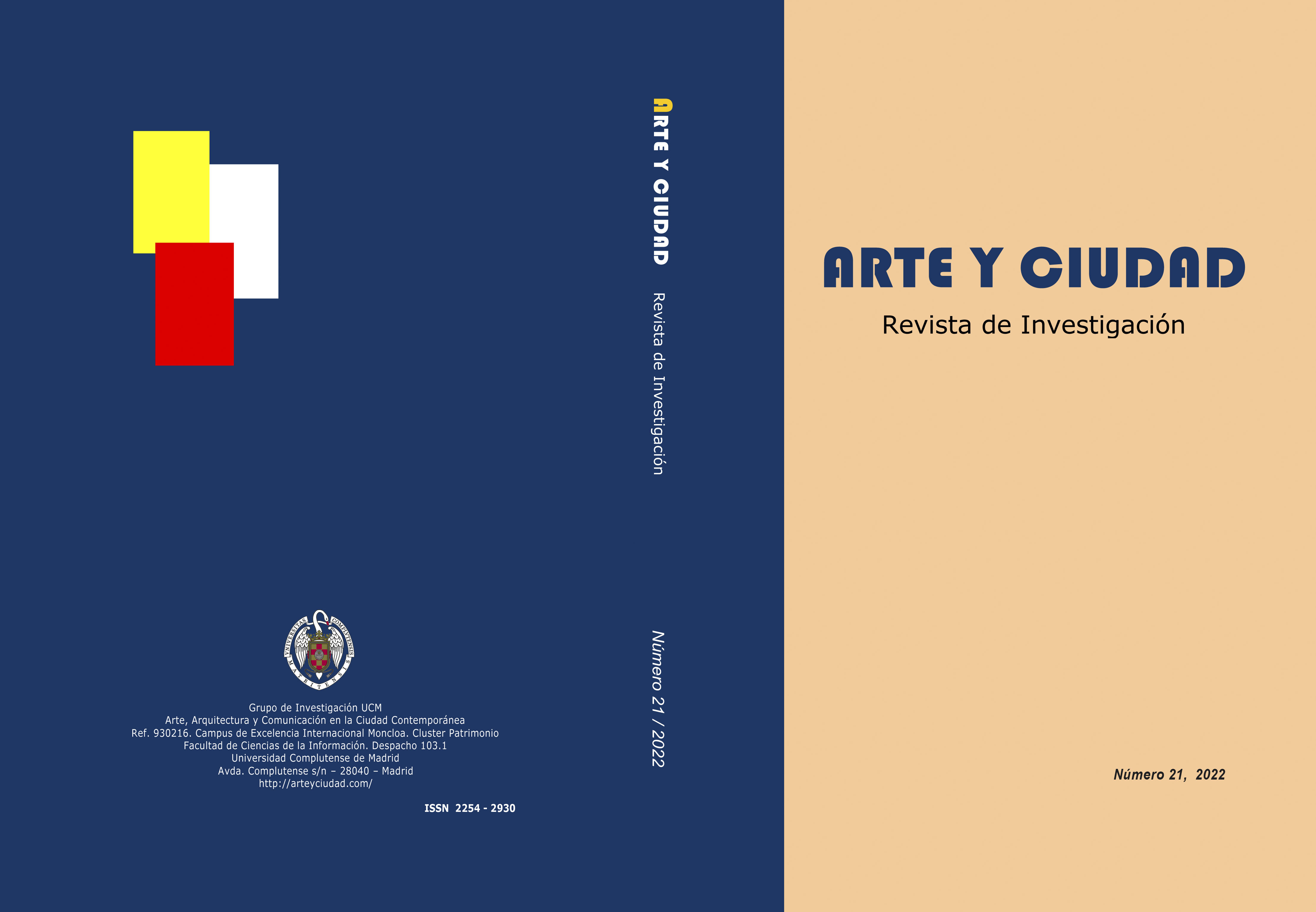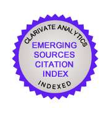La transformación de núcleos rurales en ciudades fábrica a partir de la implantación de grandes factorías. El caso de Cristalería Española en Azuqueca de Henares en los años 60 del siglo XX
DOI:
https://doi.org/10.22530/ayc.2024.26.743Palabras clave:
Desarrollismo industrial, corredor del Henares, Azuqueca de Henares, transformación territorioResumen
Este artículo pretende analizar y comprender las trasformaciones espaciales de un territorio de origen rural como es la localidad de Azuqueca de Henares y su transformación hasta convertirse en uno de los principales enclaves logístico e industrial del Corredor del Henares. El estudio se dividirá en dos etapas, una, la comprendida entre 1960 y 1975, que corresponde a una fase desarrollista donde se puede destacar la importante implantación industrial y los factores que surgieron a su alrededor y la segunda etapa de los años 1975 a 1990, donde se estudiará la repercusión de las expectativas y proyectos de ese primer periodo y en qué medida influyeron en la transformación urbana de la localidad. Para explicar el desarrollo urbano de Azuqueca de Henares se debe tener en cuenta la concurrencia de tres factores principales. Por un lado, las políticas de desarrollo urbanístico planteadas por la Administración, destacando la construcción de los “polígonos de descongestión de Madrid” y el valor industrial del eje “Madrid-Guadalajara”, conocido en la actualidad como Corredor del Henares. Por otra parte, la implantación de importantes complejos fabriles en los entornos de las grandes ciudades y, por último, los fuertes movimientos migratorios intrarregionales que se produjeron debido al desarrollo y auge industrial.
Citas
AYUNTAMIENTO DE AZUQUECA (1975): Plan General de Ordenación Urbana de Azuqueca de Henares, Oficina de Urbanismo del Ayuntamiento de Azu-queca de Henares.
BOIXADERA, Jaime (1994): “Evaluación del territorio y Catastro”. En CT: Ca-tastro, nº 20, pp. 33-39. Dirección General del Catastro. Madrid.
CARPIO MARTÍN, José (1976): “El plan de descongestión de Madrid”. En Bole-tín de la Real Sociedad Geográfica, tomo CXII, págs. 111-124. Madrid: Real Sociedad Geográfica de Madrid.
CONFEDERACIÓN HIDROGRÁFICA DEL TAJO (1966): Proyecto de Abastecimien-to de Agua a Guadalajara y pueblos de la zona regable del Canal del Henares y ampliación del de Alcalá de Henares y distribución de las car-gas al Estado y a los Ayuntamientos.
COPLACO (1974): Estudio subregional del Corredor Madrid-Guadalajara. Ma-drid: Consejería de Política Territorial.
DÍAZ MUÑOZ, M. A. y GALVE MARTÍN, A. (1993): “Reestructuración produc-tiva y mercado laboral en el Corredor del Henares”. En: ES. Economía y Sociedad. Revista de estudios regionales de la Comunidad de Madrid, nº 9, pp. 135-152. Comunidad de Madrid, Consejería de Economía. Madrid.
GÓMEZ MENDOZA, Josefina. (1994): “El Catastro y la geografía de la ciudad de Madrid”. En CT: Catastro, nº 21, pp. 8-17. Dirección General del Ca-tastro, 1994. Madrid.
GONZÁLEZ YANCI, Mª. Pilar (1977): Los accesos ferroviarios a Madrid. Su im-pacto en la geografía urbana de la ciudad. Instituto de Estudios Madrileños. Madrid.
INSTITUTO NACIONAL DE ESTADÍSTICA: (2023). Población según sexo y edad desde 1900 hasta 2001. Población por provincias, edad y sexo.
MATAMALA I FARGAS, Nuria (2004): “La utilidad del Catastro como fuente para estudiar la evolución del paisaje en los últimos cincuenta años: es-tudio de dos municipios de la provincia de Lleida”. En CT: Catastro, nº 52, pp. 147-160. Dirección General del Catastro. Madrid.
PAREJA MAYO, M. (1996): “El auge económico de Guadalajara a finales del siglo XX”. En Wad-al-ayara, nº 23, pp. 31-35. Institución Provincial de Cultura Marqués de Santillana. Guadalajara
SABATÉ MARTÍNEZ, A. (1979-80): “Los movimientos migratorios de la España interior, aplicación del modelo de gravedad”. En Geographica, nº XXI – XXII, pp. 201-226. Madrid.
SOBRAL GARCÍA, Silvia (1994): “El Catastro de Rústica de 1956 como fuente de información ara el estudio de un proceso de crecimiento suburbano.” En CT: Catastro, nº 20, pp. 69-77. Dirección General del Catastro. Madrid
VVAA (1956): Ley de 12 de mayo de 1956, sobre Patrimonio del Suelo de Ordenación Urbana.
VVAA (1970): Acta de Constitución de la Mancomunidad de Aguas del Sorbe. http://www.aguasdelsorbe.es/upload/es/files/151.pdf
Descargas
Publicado
Cómo citar
Número
Sección
Licencia
Derechos de autor 2025 ARTE Y CIUDAD. Revista de Investigación

Esta obra está bajo una licencia internacional Creative Commons Atribución-NoComercial 4.0.











